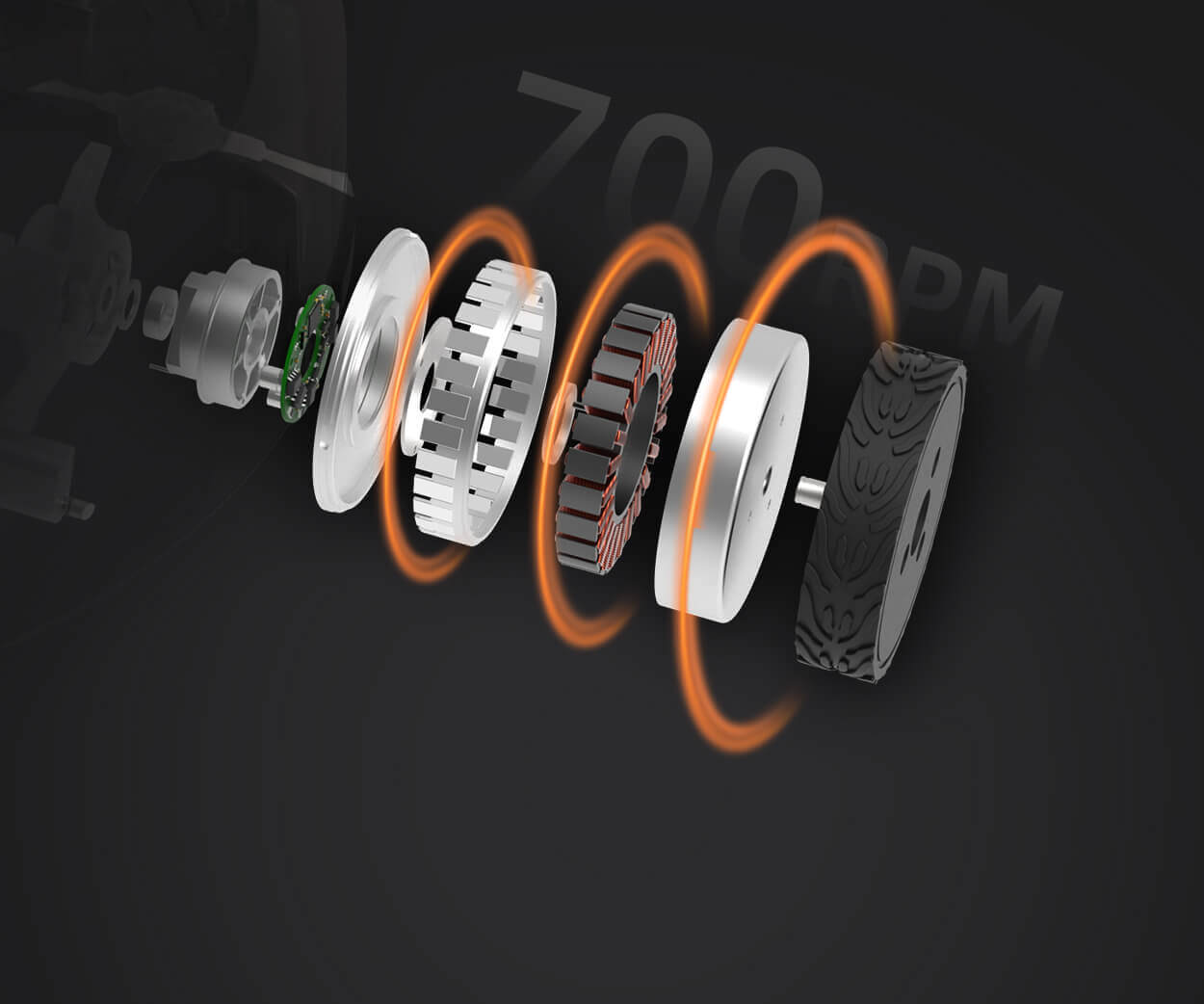In the vibrant world of DIY electronics and robotics, few combinations are as accessible and versatile as Arduino paired with servo motors. Whether you’re a beginner just diving into the realm of microcontrollers or an experienced tinkerer seeking to bring your ideas to life, understanding how these two components work together opens a universe of possibilities.

What is Arduino? At its core, Arduino is an open-source electronics platform based on easy-to-use hardware and software. It’s designed to make digital device design accessible to all, from students and hobbyists to professional developers. Arduino boards are equipped with microcontrollers—small chips that can be programmed to control physical devices. They serve as the brain of countless projects, from simple LED blinkers to complex robotic systems.
Understanding Servo Motors Servo motors are a special type of motor designed for precise control of angular position. Unlike standard DC motors, which run continuously when powered, servos respond to specific control signals to move to and stay at targeted angles within their range—usually from 0 to 180 degrees. This capability makes them ideal for applications requiring delicate or precise movements: robotic arms, camera gimbals, or even animatronic figures.
How Do Arduino and Servo Motors Work Together? The synergy between Arduino boards and servo motors hinges on simple interfaces. The Arduino sends a control signal—a Pulse Width Modulation (PWM) signal—to the servo, dictating its position. By adjusting this signal within a specified range, the servo moves accordingly. This process can be as straightforward as turning a knob or as complex as coordinating multiple servos for simultaneous, synchronized movements.
Getting Started: Building Your First Servo Control The most fundamental project to introduce beginners to Arduino and servo motors involves controlling a single servo’s position with an Arduino. Typically, this involves connecting the servo’s power and ground pins to the Arduino’s 5V and GND, respectively, and the control (signal) pin to a digital I/O pin (for example, pin 9). Using the Arduino IDE, you load a simple sketch—like the classic “Sweep” program—that makes the servo rotate from 0° to 180° continuously.
The Code Here's a glimpse of what the code might look like:
#include Servo myServo; void setup() { myServo.attach(9); // Attach the servo to digital pin 9 } void loop() { for (int angle = 0; angle <= 180; angle++) { myServo.write(angle); // Sets the servo position delay(15); // Waits for the servo to reach the position } for (int angle = 180; angle >= 0; angle--) { myServo.write(angle); delay(15); } }
This simple code causes the servo to swing back and forth smoothly, illustrating the core principle of controlled movement.
Expanding Your Knowledge Once you’re comfortable with basic control, you can explore more advanced features like:
Using sensors to dynamically adjust servo positions, such as with potentiometers or distance sensors. Controlling multiple servos simultaneously for complex mechanisms like robotic arms or animatronics. Implementing feedback loops with encoders for precise positioning.
Applications and Inspiration The applications of Arduino and servo motors are vast, inspiring makers and professionals alike:
Robotics: From simple line-following bots to articulated robotic arms mimicking human movements. Automation: Automate window blinds, pet feeders, and smart home devices. Art and entertainment: Create kinetic sculptures, animated props, or interactive installations. Educational kits: Develop STEM projects that teach programming, physics, and engineering concepts.
Filming the Future With a little bit of creativity, a beginner-friendly Arduino board, and a handful of servo motors, you’re equipped to craft projects that dazzle and educate. The open-source community around Arduino is a treasure trove of tutorials, sketches, and design ideas—ready to turn your imaginative ideas into functioning prototypes.
In the next part, we’ll look at some innovative project ideas, troubleshooting tips, and tips for choosing the right servo motor for your specific needs. Whether you’re aiming to build a robotic hand, a camera platform, or an automated pet toy, the journey begins with a simple servo!
Leveraging innovations in modular drive technology, Kpower integrates high-performance motors, precision reducers, and multi-protocol control systems to provide efficient and customized smart drive system solutions.




































